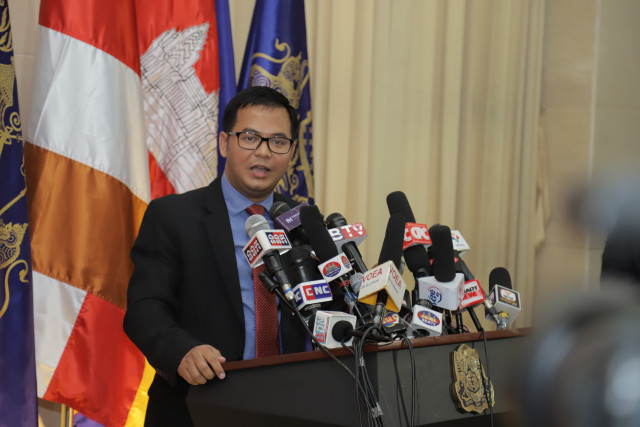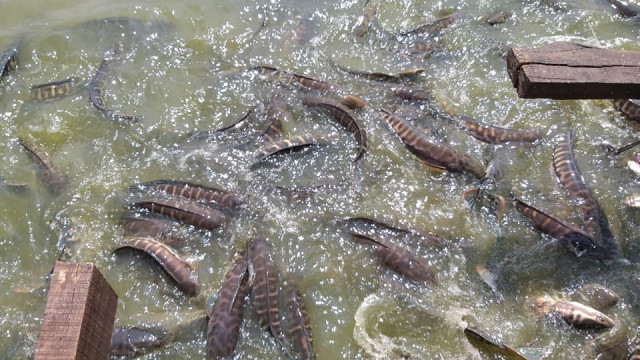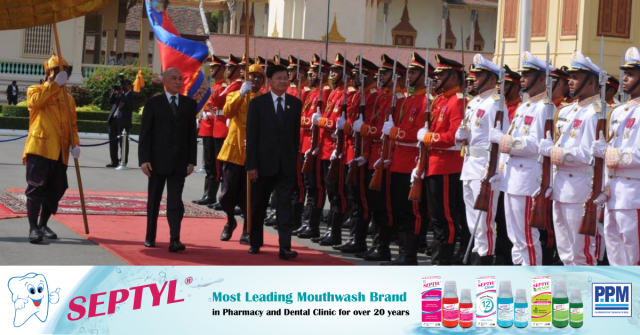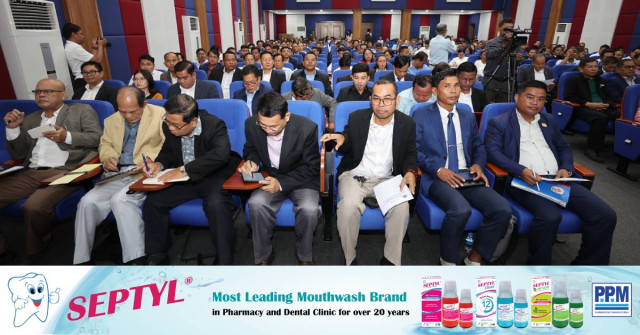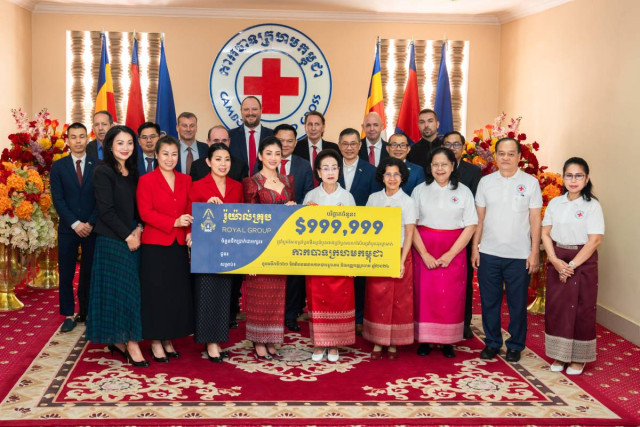Former Royal Ballet Dancer now University Teacher to Study Dance Heritage in Europe
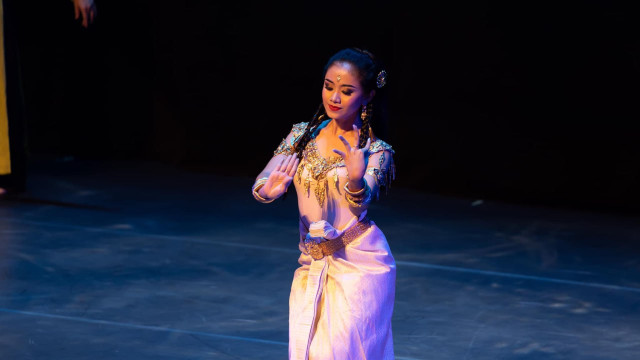
- By Teng Yalirozy
- August 20, 2023 2:24 PM
PHNOM PENH — Serei Vankosaun has been a Khmer classical dancer virtually all her life.
“Dancing has always been a part of me ever since I started classical-dance classes at the age of nine until I graduated with my bachelor’s degree,” she said.
In 2018, Vankosaun was assigned the principal role in the Khmer classical ballet “Neang Wadhana Devi” or “Metamorphosis” of the late Princess Norodom Buppha Devi, who was the artistic director of the Royal Ballet of Cambodia that had staged the performance.
Now 29 years old, Vankosaun, who has worked at the Royal University of Fine Arts (RUFA) since 2017, has a bachelor’s degree in classical dance choreography from RUFA and a bachelor’s degree in education from the Royal University of Phnom Penh’s Institute of Foreign Languages.
In addition to her direct involvement and experience in dance, she has also been researching, recording and compiling documents on Khmer classical dance with senior teachers at RUFA.
And she is about to leave for Europe, more specifically for the United Kingdom, France and Hungary where, through an Erasmus Mundus Joint Masters scholarship, she will study for a master’s degree in Dance Knowledge, Practice and Heritage.
Vankosaun picked this specific degree because she believes this will enable her to acquire knowledge in a diverse environment and equip her with new skills from which she will greatly benefit during her career in classical dance.
“This program investigates dance and other movement systems as ‘Intangible Cultural Heritage’ within the broader contexts of the Anthropology of Dance, Dance and Heritage Studies, Dance and Technology,” she said.
The Application Process
As she explained, Vankosaun did a large amount of research on this scholarship before applying.
Erasmus provides students with full scholarships, the opportunity to pursue their master's degrees at two different European universities and to do an internship at an organization related to their fields, she said.
Moreover, Vankosaun pointed out, Erasmus is one of the prominent scholarships that enable students to study in prestigious universities known for their chosen subjects.
“On top of that, I’m sure it’s the right scholarship for those who love traveling and exploring new places and cultures,” she said. “I believe this will also provide me with important life skills [that will be of use] throughout my academic journey.”
Vankosaun envisions to do an internship upon completing her degree. “In the future, I want to teach at my institution using inspiration [obtained by] observing, contextualizing and interpreting intangible heritage from other parts of the world [and share this] with my students, enabling them to comprehend art in various forms,” she said. “Other than this, I want to conduct research in my area of interest.”
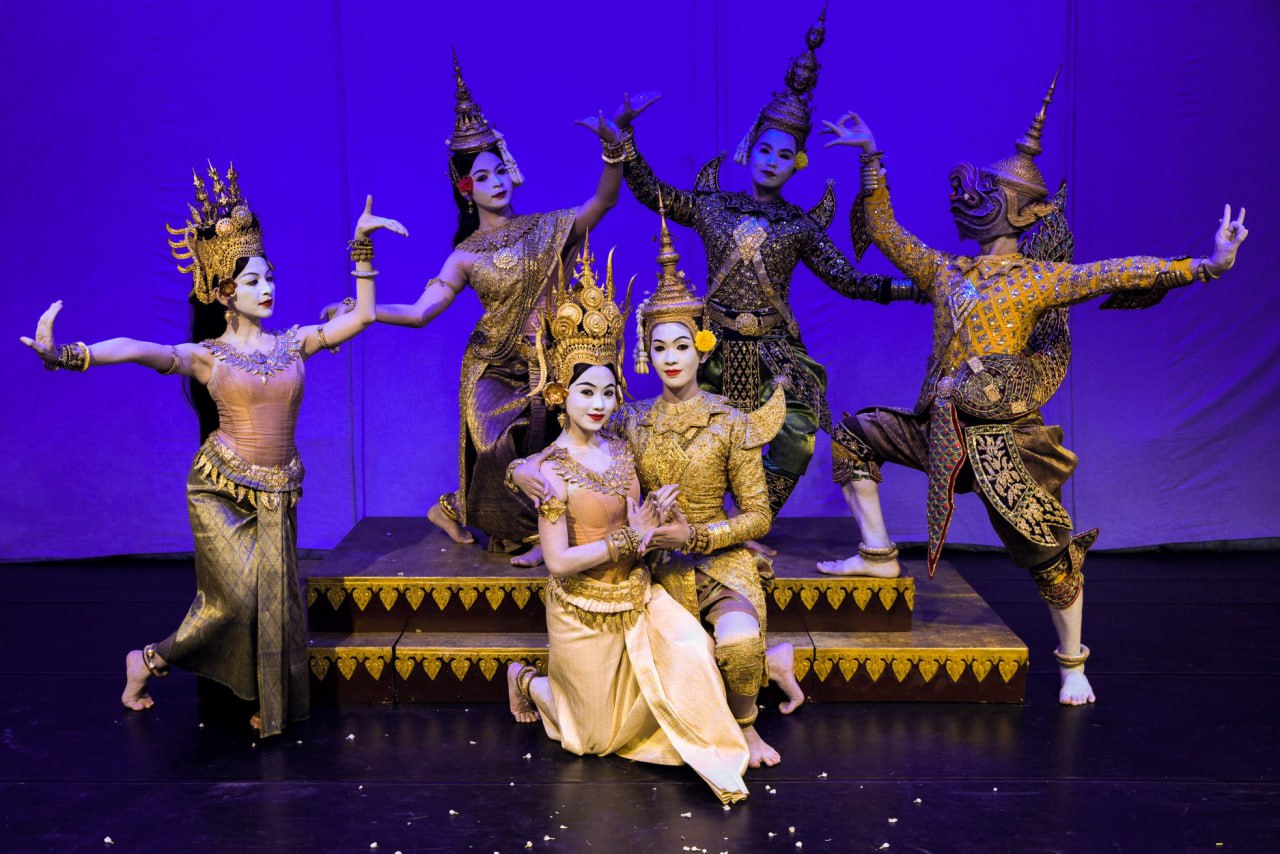 Scene from the Khmer classical ballet “Neang Wadhana Devi” or “Metamorphosis” of the late Princess Norodom Buppha Devi. Serei Vankosaun is the dancer on one knee in the center to the left. Photo provided
Scene from the Khmer classical ballet “Neang Wadhana Devi” or “Metamorphosis” of the late Princess Norodom Buppha Devi. Serei Vankosaun is the dancer on one knee in the center to the left. Photo provided
The importance of Khmer classical dance
“Preserving Khmer classical dance is significantly important as Khmer classical dance is part of the national identity and one of the national treasures,” Vankosaun said. “If being who we are as individuals matters, so does our nation.”
The Royal Ballet of Cambodia is well-known for its delicate dance hand movements and exquisite costumes and has been linked to the Khmer monarchy for centuries. It was inscribed on the UNESCO’s Representative List of the Intangible Cultural Heritage of Humanity in 2003.
By ensuring that Khmer classical dance is performed, taught and documented, people in Cambodia will be preserving the dance, Vankosaun said.
However, she added, “I believe it’s not as simple as ‘go watch the performance to support the dancers and the production’…it’s really important to learn and understand one’s own roots first. For instance, do some research about the dance form, join a dance workshop.”
This is one more reason why Vankosaun puts so much importance and value on education, believing in lifelong learning and language education to help further promote Cambodian artforms in the country and abroad. And one more reason she has always aimed to pursue a master’s degree overseas, she said.
The application process: be bold and work hard, she tells future applicants
Vankosaun shared some tips on how to put oneself in the limelight among thousands of scholarship applicants. First, she said, students should research the program they are applying for so that they can clearly link this to their studies and future goals in their application. They should also try to find a mentor or advisor who will help review their application, she added.
“Be bold but sincere and humble,” Vankosaun said, in the application. “Be committed and work hard for what you want. Also, don’t forget to upgrade [your knowledge] by taking courses to improve your skills or learn new ones. You’re not only gaining knowledge and experience but also building credibility on your curriculum vitae.”
Before being selected for Erasmus, Vankosaun was rejected twice by different scholarship programs. “That’s how I learned to be more prepared and reflected on my weaknesses,” she said.
Asked what challenges she may have encountered during this application process, Vankosaun said she went through it without any snags. “Frankly, there wasn’t a single challenge as it felt natural for me to write a motivational letter to apply for something I’m interested in,” she said. “[This] also fits well with my study and work background.”
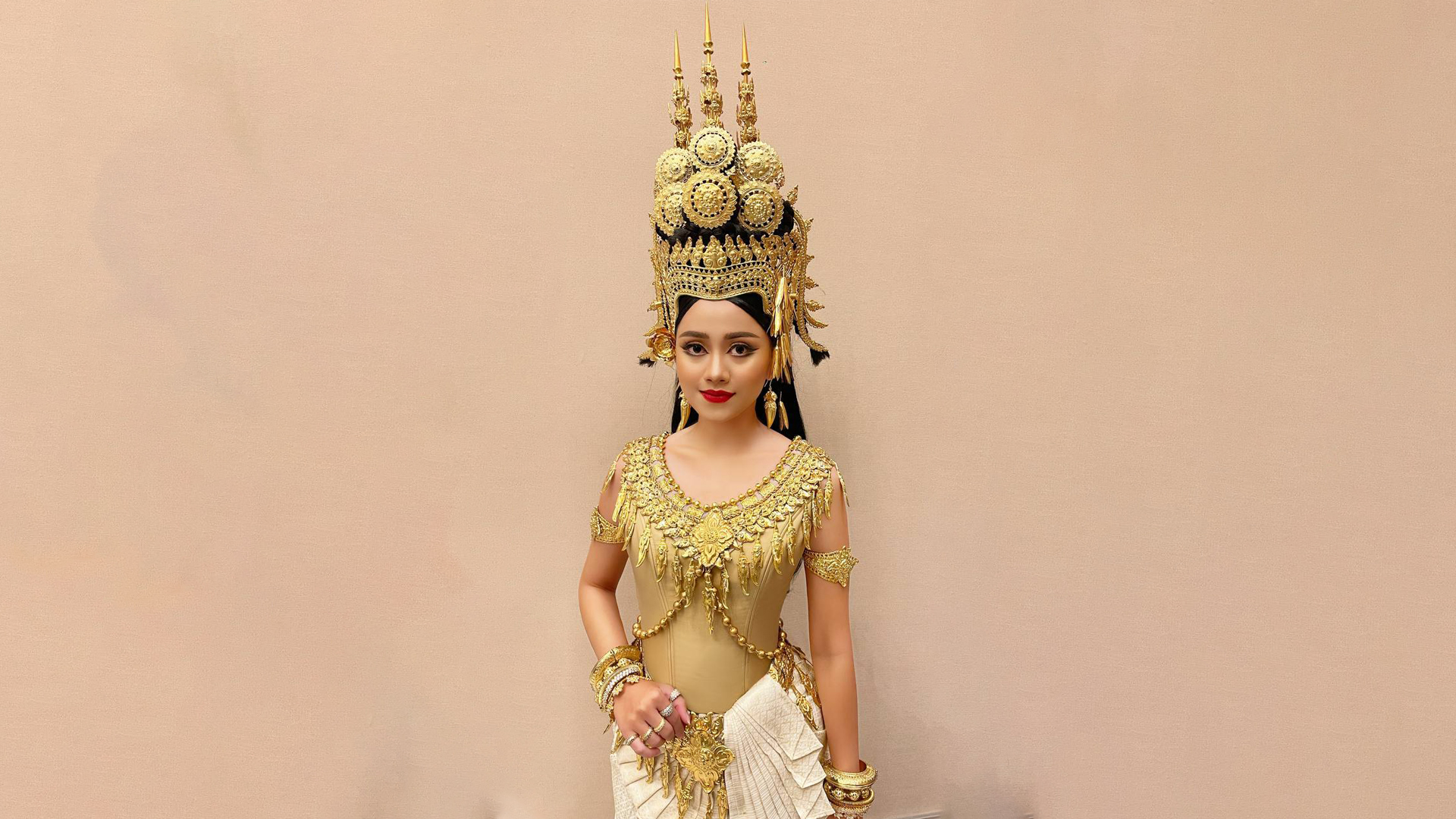 Serei Vankosaun appears in Khmer classical dance costume prior to a performance. Photo provided
Serei Vankosaun appears in Khmer classical dance costume prior to a performance. Photo provided






